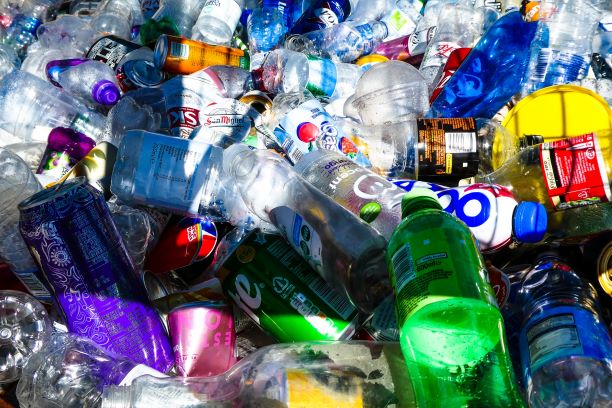We produce a range of official statistics on waste generation and management in Ireland. These are used for reporting on Ireland’s performance in meeting its legal obligations, for policy and waste management planning purposes and to inform the general public. We compile our waste statistics from surveys and administrative data sources.

People living in Ireland produce more than 14 million tonnes of waste every year. We do this in our homes, our places of work and leisure.
International and national waste policy is drawn up so that we produce less waste, and that the waste we do create is recycled as much as possible. What cannot be recycled should at least serve another useful purpose (such as energy production).
A large proportion of Ireland's waste legislation springs from our membership of the European Union. The EU Circular Economy package of measures is designed to ensure that once raw materials have entered our economy, they are kept in circulation for as long as possible, rather than being disposed of after one use. Find out more about the EPA's role in driving the Circular Economy in Ireland.
There are simple actions we can all take, both at home and in our communities, to prevent waste and increase re-use and recycling.

Ireland and other EU Member States report annually under a range of European waste legislation. View Ireland's progress

Want to find out what's in our bins? View the EPA's latest waste characterisation studies

View upcoming EPA waste statistics releases

View information about EPA waste statistics

Here you will find guidance on list of waste codes, recovery & disposal codes, municipal waste types and waste generation sources

Here EPA licensees will find the latest information on Environmental Performance Reporting, including guidance documents